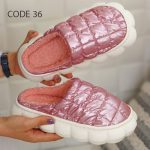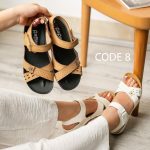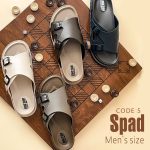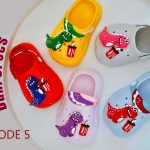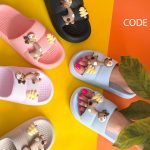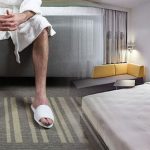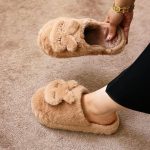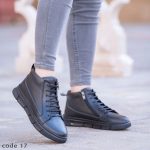The Right Slippers for Kids – A Key to Healthy Feet from Early Childhood
what will you read...
1. Why Choosing the Right Slippers for Kids Matters2. Key Features of a Good Children's Slippera. Soft and Orthopedic Insolesb. Anti-Slip Solesc. Lightweight and Comfortable3. Best Materials for Kids' Slippers4. Appealing Designs for Children5. Washability and Durability6. Getting the Right Size7. Safety FirstConclusion
Children’s growing bodies need special care, and footwear plays a vital role in their physical development. One often overlooked item is the slipper. Choosing the right slippers for kids not only ensures comfort but also supports natural foot development, prevents pain, and keeps them safe during daily activities.

1. Why Choosing the Right Slippers for Kids Matters
Children spend a lot of time moving, playing, and running around. Improper slippers can lead to slips, twisted ankles, or constant pressure on the feet. Since their feet are still forming, poor-quality or ill-fitting slippers can result in long-term issues such as flat feet or misaligned toes.
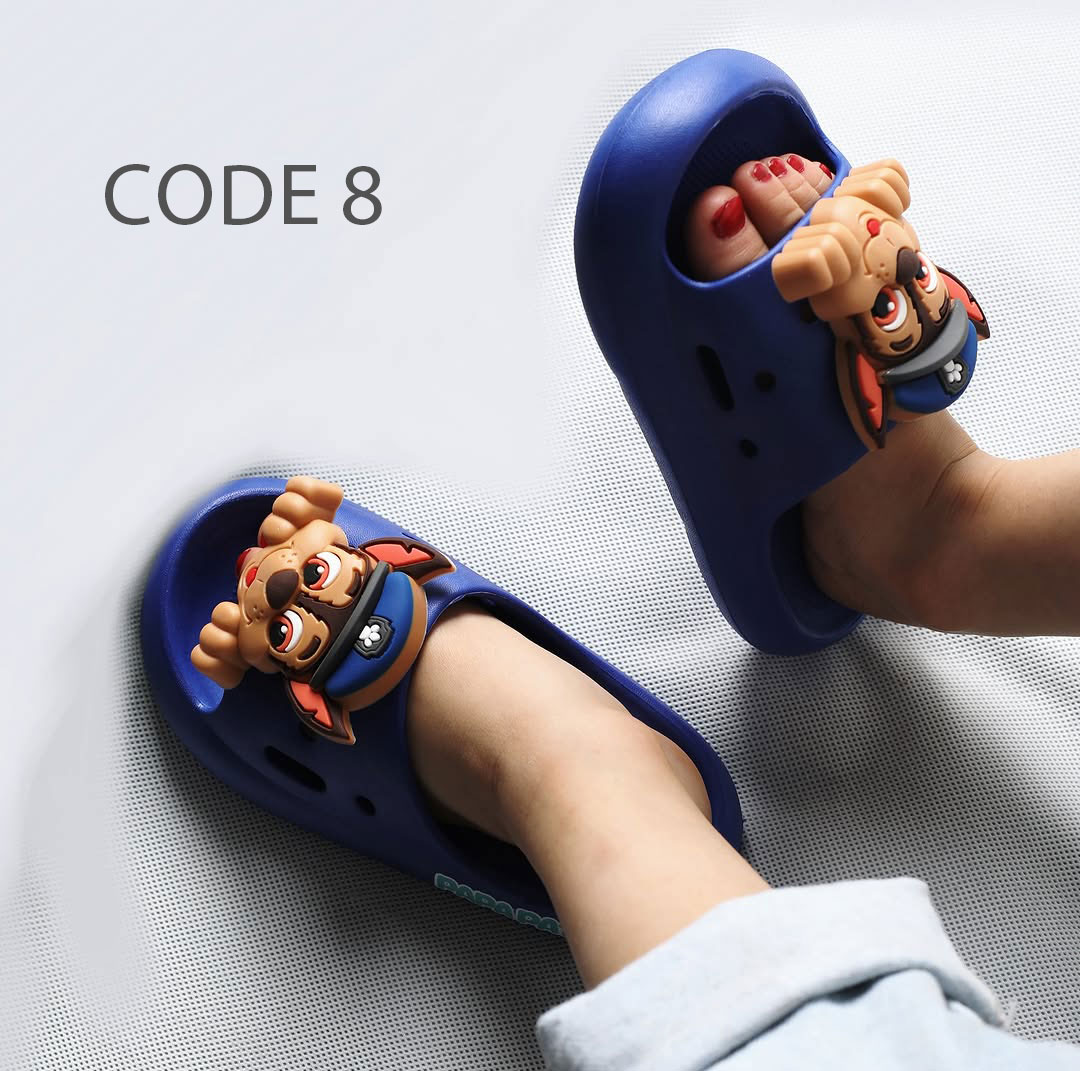
2. Key Features of a Good Children’s Slipper
a. Soft and Orthopedic Insoles
The insole should be soft enough to absorb shock, yet firm enough to support the arch. Avoid slippers that are too flat or rigid as they can lead to pain or fatigue.
b. Anti-Slip Soles
Since kids often run around on smooth floors like tiles or wooden surfaces, slippers with anti-slip soles are essential to prevent accidents.
c. Lightweight and Comfortable
Heavy slippers tire children out quickly. Lightweight, flexible slippers allow free movement and greater comfort throughout the day.
3. Best Materials for Kids’ Slippers
Slippers should allow the foot to breathe. Soft plastic, washable fabrics, and high-quality foam are good options. Avoid hard, low-quality plastics that can cause sweating, bad odor, or fungal infections.
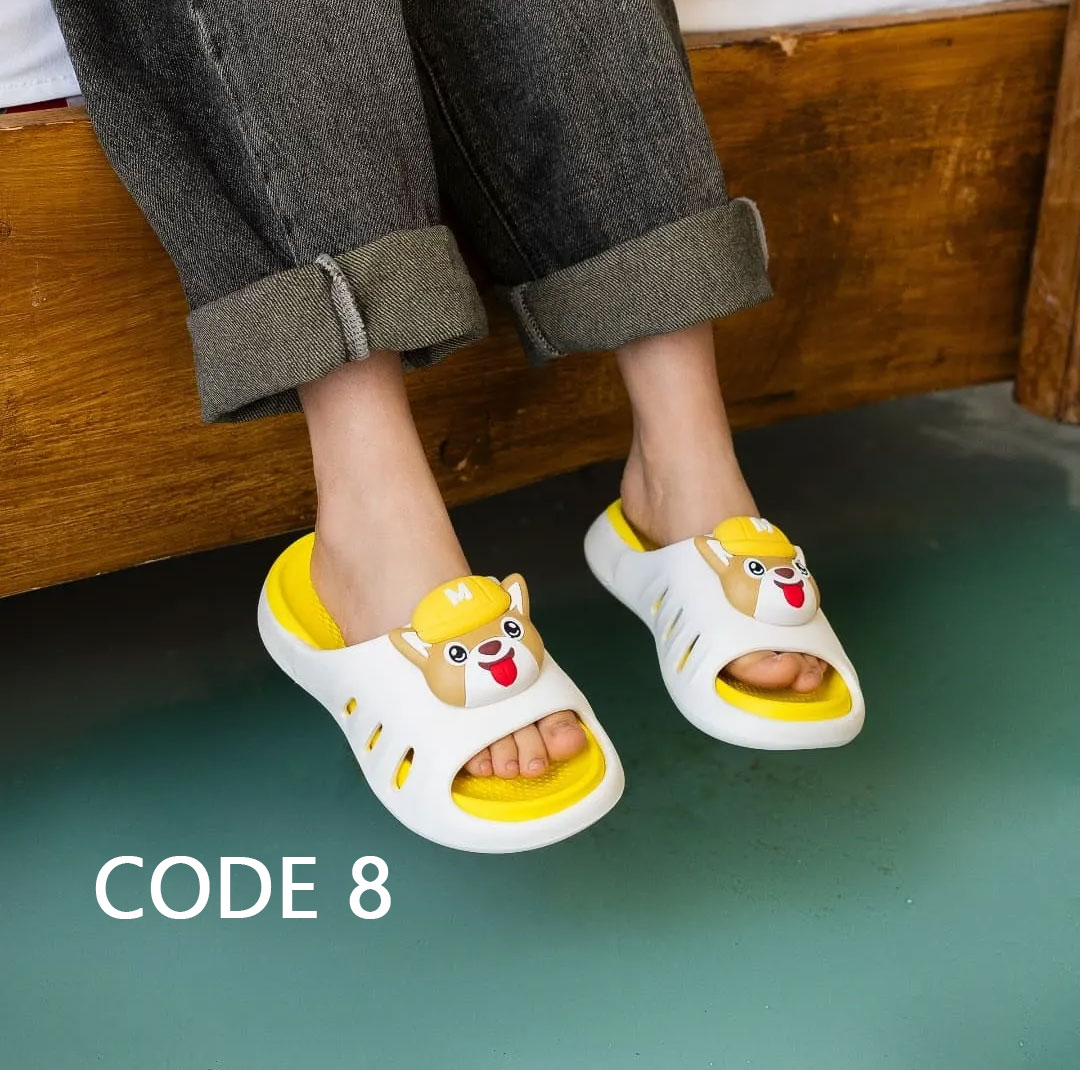
4. Appealing Designs for Children
Kids are drawn to colors and patterns. Choosing slippers with fun designs or cartoon characters encourages them to wear them more often and creates a habit of using slippers at home.
5. Washability and Durability
Children tend to wear slippers everywhere—indoors, in the yard, or while playing. So, easy-to-clean and durable materials are key. Machine-washable or hand-washable slippers are ideal for busy parents.
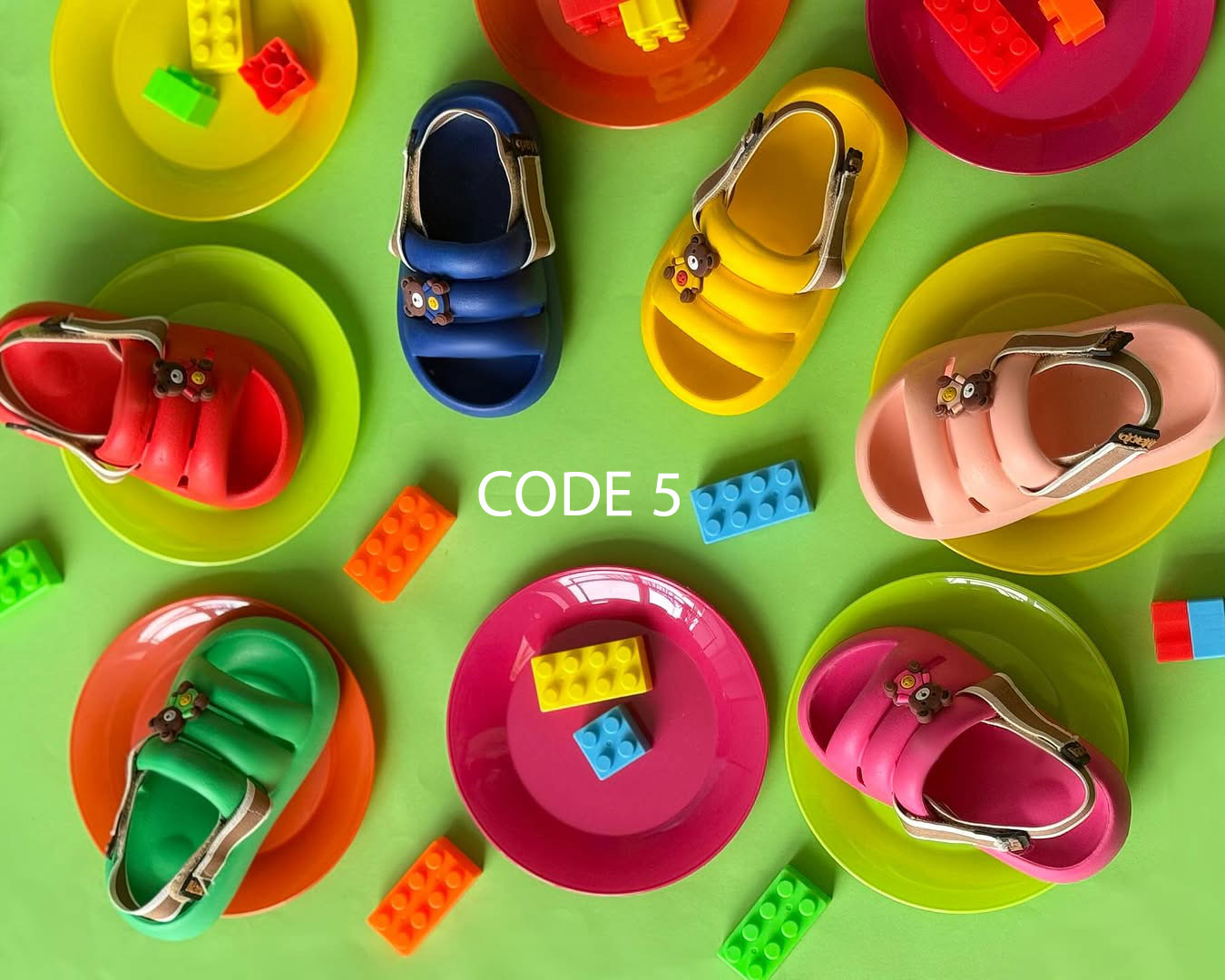
6. Getting the Right Size
Kids’ feet grow fast. Tight slippers can cause pressure or blisters, while loose ones may lead to tripping. Measure your child’s feet regularly and update slippers as needed.
7. Safety First
Avoid slippers with small detachable decorations (like buttons or beads) that pose a choking hazard. Also, open-heeled slippers aren’t ideal for toddlers, as they can slip off easily and cause falls.

Conclusion
Slippers are more than just indoor shoes for kids. The right choice helps avoid injuries, supports proper foot development, and promotes personal hygiene from an early age. While cute designs are great, safety, comfort, and hygiene should always come first. Investing in quality slippers is a small step that leads to a big impact on your child’s health.




